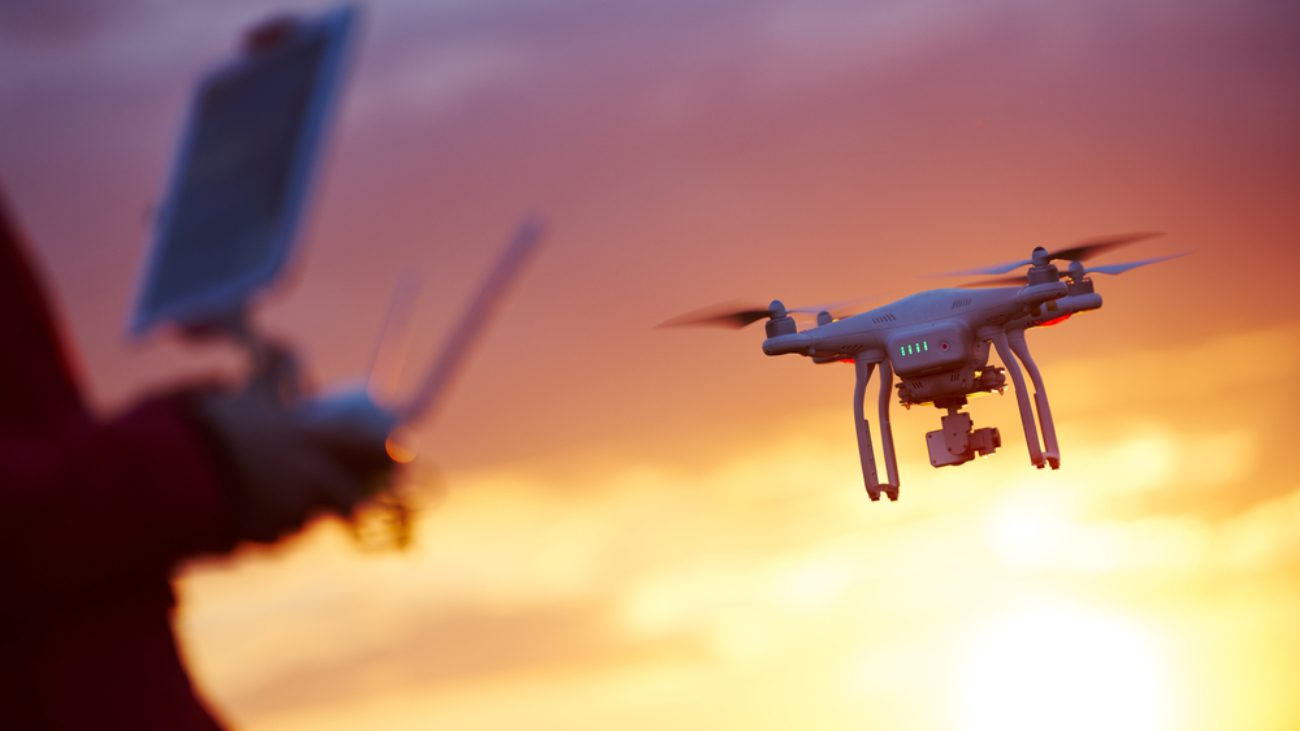 20 years ago, drones were used almost exclusively for military purposes. Today, however, they’re quickly gaining popularity in other areas of industry – and real estate is no stranger to them.
20 years ago, drones were used almost exclusively for military purposes. Today, however, they’re quickly gaining popularity in other areas of industry – and real estate is no stranger to them.
When they first hit the commercial market, agencies across Australia were flocking to professional drone pilots in a bid to take their listings to the next level with dramatic flyover shots and aerial bird-eye views.
Calling a pro is without a doubt the best way to get drone photography and videography that meets all your requirements. However, if you’re going to be engaging a drone pilot, there are a few things you need to know. Read on to find out more.
Operators need to be licensed
If you’re planning on engaging a commercial drone operator, they need to be licensed. Local regulations and requirements can be strict and often face strict penalties if not followed. As a result, your drone operator needs to hold a valid license, should be qualified and experienced and insured appropriately.
You might be able to do it yourself
Regulations on commercial drone photography were relaxed by the Civil Aviation Safety Authority (CASA) in 2016, which has led to agents actually being able to operate drones themselves in certain circumstances.
So, instead of shelling out hundreds, if not thousands on a professional drone operator, agents can get the job done themselves. As long as your drone is under 2KG in weight and is being flown for commercial reasons under 120m and not within 30m of people, you can operate a drone yourself as long as you let the CASA know in advance.
However, if you’re planning on operating a drone that doesn’t fit within the CASA exclusion category (less than 2kg), you’re still going to need a UAV Operator’s Certificate.
What is Commercial usage?
Commercial usage is any drone being used not for sport or recreation purposes, which includes all of the reasons an agent might be using one.
The most popular use for drones in real estate is for marketing properties, so if you’re looking to do the same, consider picking up a 2KG or less drone and taking to the skies.
Adding an edge to Real Estate
Just a few years back, the only way to get aerial shots of a property was to hire a helicopter pilot and get up in the air yourself. However, with the recent surge of drone photography, agents across Australia are adding an edge to their property marketing, targeting buyers in new ways.
By highlighting features of a property, such as impressive landscaping or outdoor pools, agents can give potential buyers or tenants a heads-up insight into what life could be like for them.
Drones for inspections
This is a use for drones that’s growing pretty quickly. By getting a close-up look at certain areas of a property, agents are able to inspect areas that may have otherwise been inaccessible. Additionally, flying a drone to take a closer look at aspects of a property such as chimneys, roofs, fences and balconies is also often a far safer option.
Safety comes first
As with any kind of technology, drone use isn’t without its risks. In fact, research from QBE has shown that as many as 1 in every 50 drones crash, with crash rates doubling year on year.
Another factor that needs to be considered is privacy. Since drones are often fitted with high-resolution cameras and recording equipment, it’s easy to accidentally breach privacy laws if the footage collected is then used in an advertisement.

